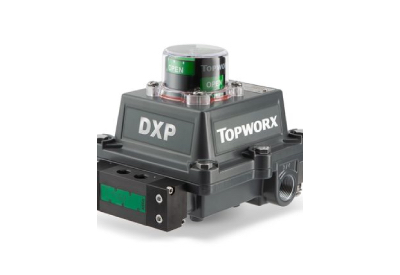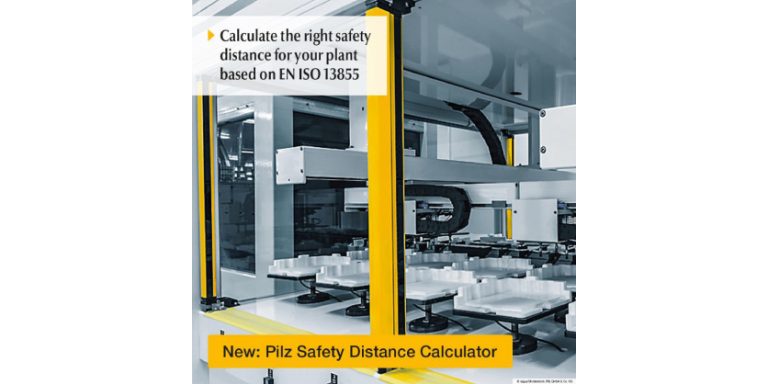Emerson’s New Emergency Shutdown Discrete Valve Controller Improves Safety, Uptime in Hazardous Applications

May 12, 2022
Recently, Emerson introduced the TopWorxTM DX PST with HART® 7. Units provide valuable valve data and diagnostic information, enabling the digital transformation of process applications. The new DX PST integrates seamlessly with existing valves and control systems, giving operators access to critical valve data, trends, and diagnostics that can be used to predict and schedule maintenance.
The DX PST’s partial stroke test ensures the system’s reliable function without shutting down the process. A safety feature that confirms the valve will fully close and stop the process if an emergency is detected, and the test is activated by simply pressing the local PST button — no additional equipment is required. To prevent critical failure in upset conditions, the unit will override testing to perform an emergency shutdown (ESD).
Certified for operation in harsh and hazardous applications, the adaptive DX PST is designed to ensure the integrity of valves, improving overall safety and facility uptime in oil and gas, refinery, chemical, industrial energy and mining applications.
“The digital transformation of the process industry continues to make operations safer and more productive,” said Prayag Vatsraj, Global Product Manager of Emerson’s Switchbox. “The DX PST with HART 7 supports digital transformation by providing reliable data that delivers valuable insight into the condition of valve assemblies that ensures the integrity of the system without shutting down the process.”
The HART® protocol, the specifications of which are owned by the FieldComm Group, builds another layer of information that ensures data, trends and diagnostics are monitored and tied into the Industrial Internet of Things. This information can be used to effectively predict and schedule maintenance.
Capable of Safety Integrity Level 3 (SIL 3), the DX PST is available with an integrated 2oo2 or 2oo3 solenoid valve redundancy when paired with ASCOTM Series Advanced Redundant Control System (ARCS) to further enhance safety and open terminals that allow an additional pressure transmitter along with two pressure switches. The discrete valve controller offers simple local and remote calibration.
To learn more about Emerson’s new Emergency Shutdown Discrete Valve Controller, click here





